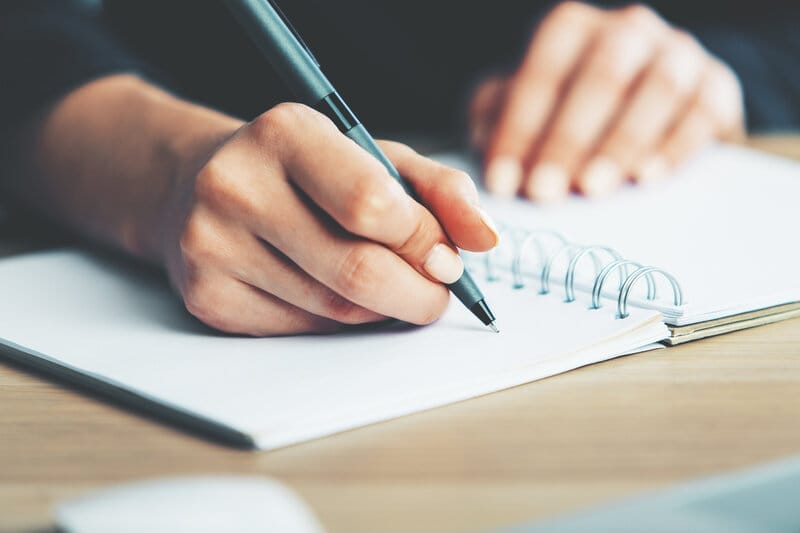Ed: This post is one of a series on Book Design for Self-Publishers. In the last article we looked at getting the raw materials for your book design project organized. Now it’s time to turn to the workflow for your book design project.
Do you really need to pay attention to your workflow? Isn’t it more work than you need to do just to get your book in print?
Well, yes and now. Workflow describes the order in which we’ll address the tasks that all together make up your book design process. For instance, stopping first to take stock of materials and aims, as we did in the last section, is a really helpful part of our workflow.
Properly sequenced, each task in the book design (and production) process naturally leads into the next tasks, and gives you the assurance that you haven’t neglected anything as you move forward.
I’d like to lay out for you a typical workflow that you can use or modify to meet your own needs. Every book is different, and every author has her own habits and preferences. Within those constraints, if you understand why the pieces fit together the way they do, you’ll have a more secure and efficient process getting to press.
Because this workflow describes the entire design and production process, I’m going to break it down into three distinct sequences, and we’ll look at each one separately.
Three Stages of Book Design Workflow
Here’s the way I’ve divided the major groups of tasks for book design:
- Design Stage
Tasks in this stage include organizing your files, creating book page elements, experimenting and selecting typefaces to use in the book, selecting your trim size and binding, creating master pages, paragraph and character styles that embody the final design choices. - Layout Stage
In this stage you’ll flow text into your layout, create different sections, paginate the book, assign master pages, deal with local formatting issues, create part and chapter breaks, and add graphics, charts, tables, photographs, sidebars and other non-text elements. - Production Stage
Now that the book is coming together, you’ll be checking your work, adjusting the page length, killing widows and orphans, dropping in last-minute items like the copyright page and index, checking font usage and graphic links, and finally, creating the files you’ll need for printing.
Parallel with this workflow we’ll also look at two other areas that will merge with the creation of the interior of your book, each with their own discrete set of tasks:
- Graphics Workflow
Books that rely on graphics need special attention to make sure your project will come together properly when the graphics meet the text when you layout your book.Whether you have 100 family photos or numerous charts and graphs, line drawings or other graphics, it makes sense to process these elements in the most efficient way.
- Cover Workflow
The way we design and produce covers is a process all its own. Understanding a workflow that brings all the elements you need for your cover together at the right time can be a real help when you’re looking at a deadline approaching.With hardcover books we have to account for jackets and produce designs for the cases as well, so they get included here too.
Books are, by definition, long documents. One of the implications of working on a 90,000 word book is that small changes can have very large effects when multiplied by thousands of lines or hundreds of paragraphs. Workflow helps give us the best chance of getting our book through the process efficiently and safely.
In the next in this series we’ll look at the first step of interior book design and production—the Design Stage.
Photo by SJDunphy



